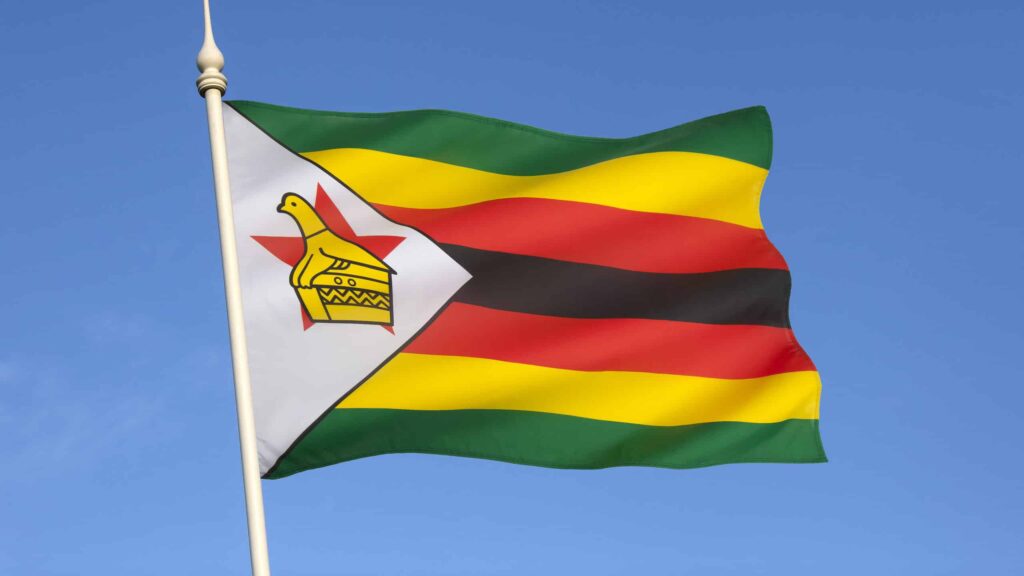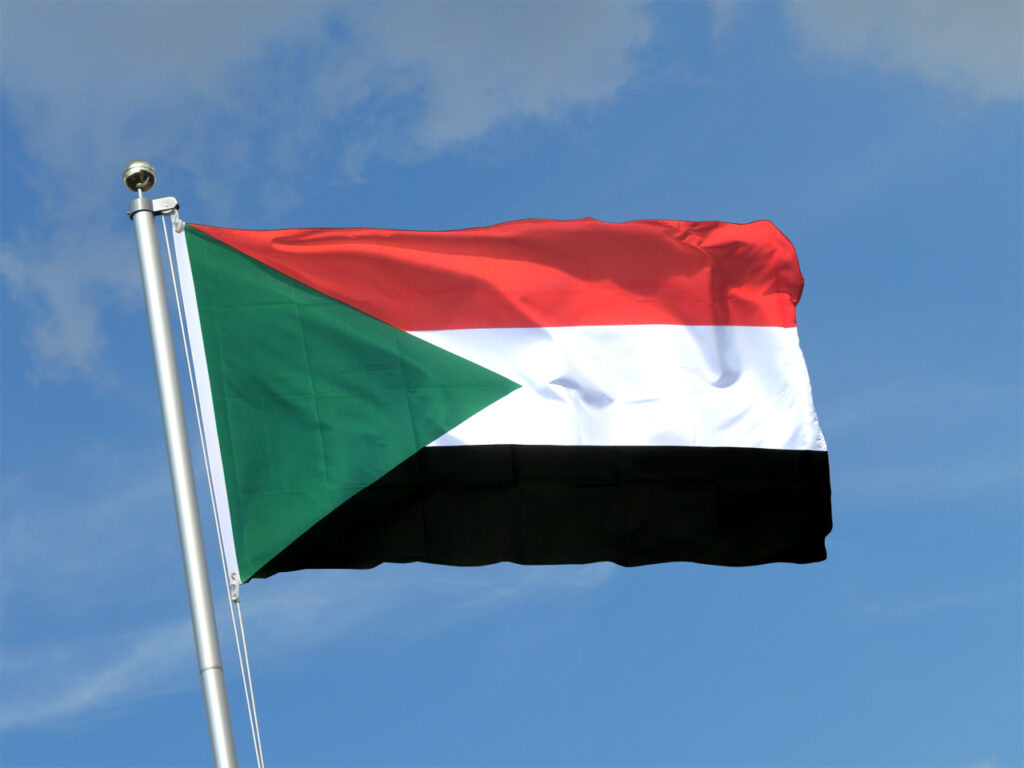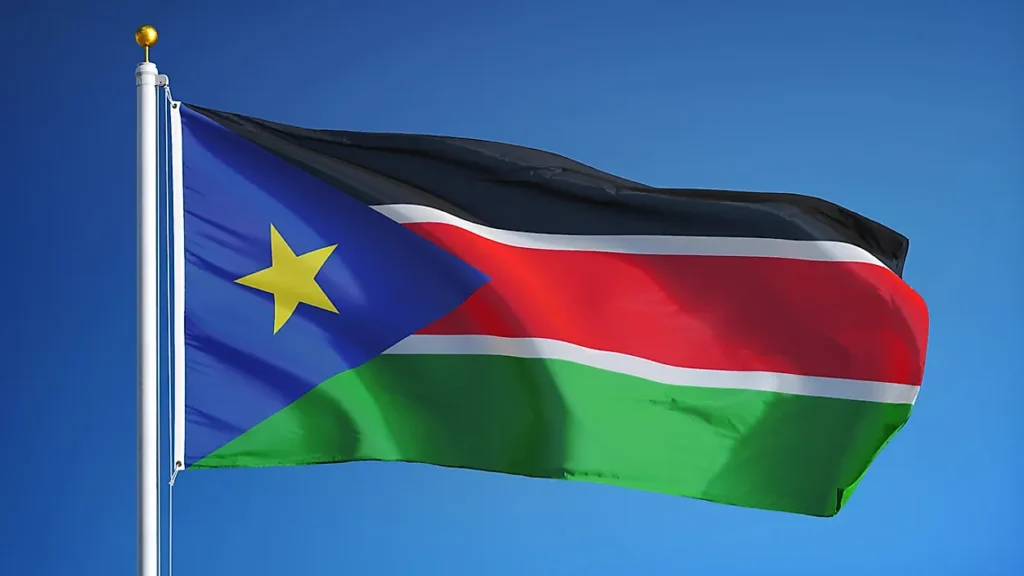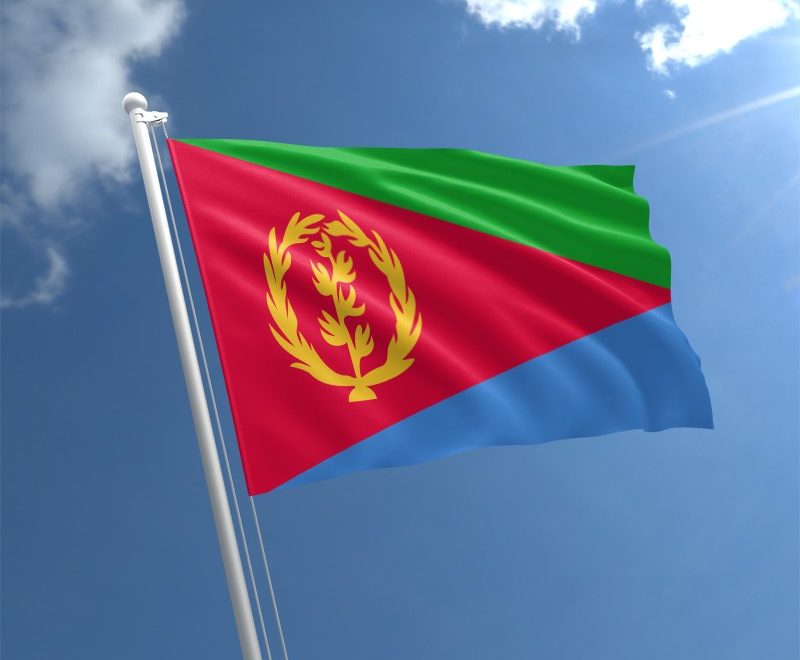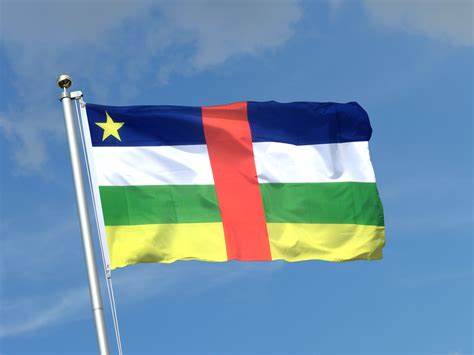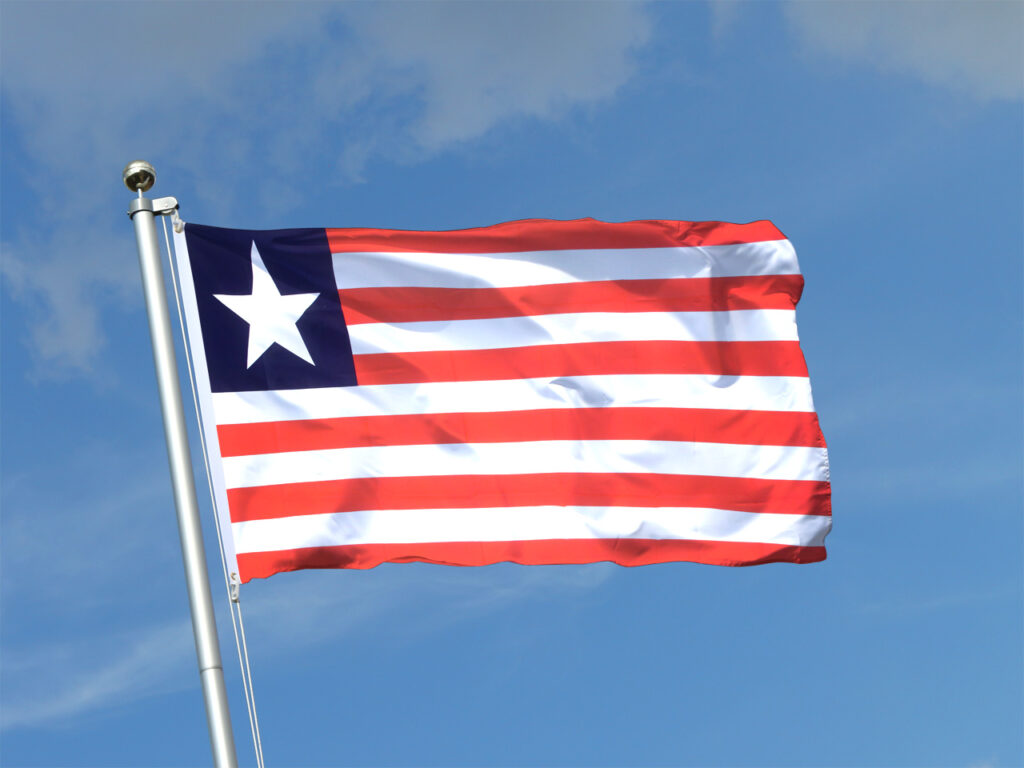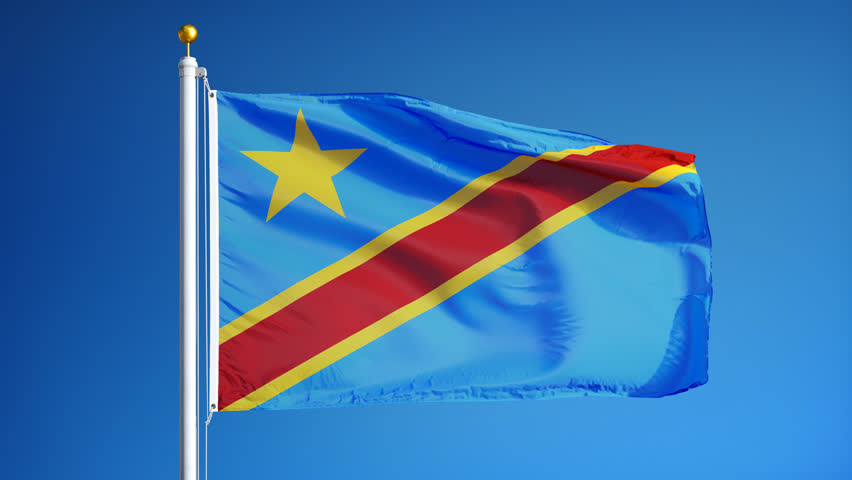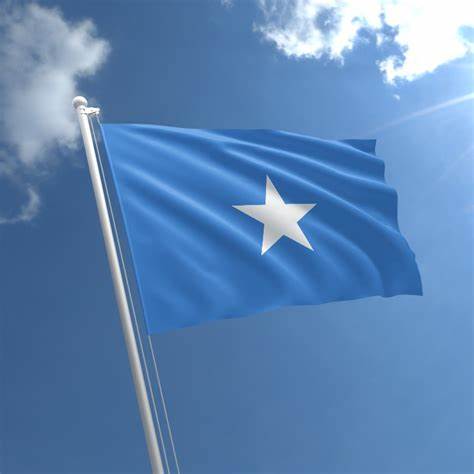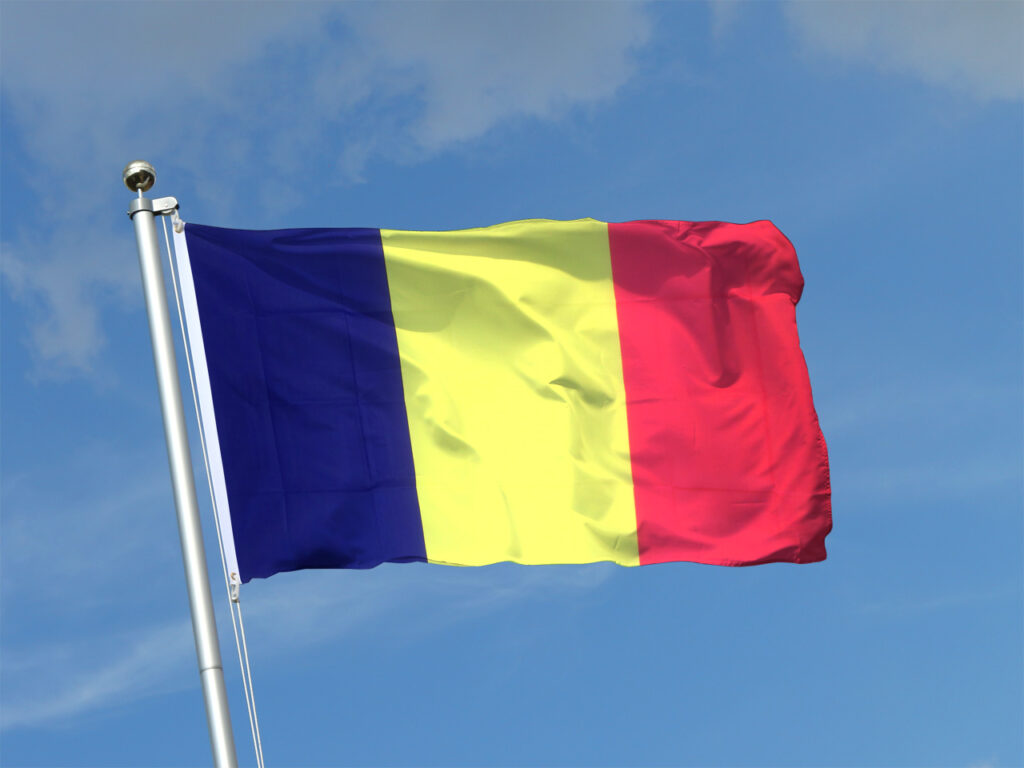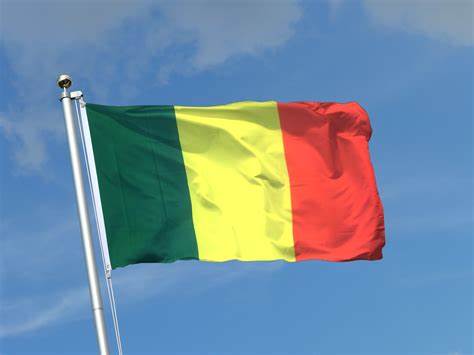Top 10 African Countries With The Least Healthy Economies in 2024
In mid-2024, African economies face varying levels of stability and growth. While several countries continue to develop rapidly, others struggle with economic challenges that impact their citizens’ quality of life.
In this analysis, we examine the Top 10 African Countries with the Least Healthy Economies in 2024, based on critical economic indicators such as GDP growth rate, inflation, debt levels, and unemployment.
Understanding Economic Health Indicators in Africa
To identify the least healthy economies, we evaluate several key indicators:
- Gross Domestic Product (GDP) Growth: A measure of overall economic productivity. Declining or stagnant GDP growth can signal economic distress.
- Inflation Rate: High inflation erodes purchasing power, making it harder for citizens to afford basic goods and services.
- National Debt: Excessive debt burdens can strain economies, limiting government spending on essential services and infrastructure.
- Unemployment Rate: High unemployment leads to a decrease in consumer spending, which can further slow economic growth.
- Political Stability: Political unrest disrupts economic activities and discourages foreign investments.
Top 10 African Countries with the Least Healthy Economies in 2024
1. Zimbabwe
Zimbabwe’s economy continues to face severe challenges. The inflation rate is one of the highest on the continent, and the Zimbabwean dollar remains unstable. The government has struggled to control inflation, which reached record levels, making basic goods unaffordable for most citizens. Moreover, high unemployment and political instability have discouraged foreign investments, further exacerbating the economic woes.
2. Sudan
Sudan’s economy has been heavily impacted by internal conflicts and political upheaval. The country’s debt-to-GDP ratio is alarmingly high, and the government faces significant budget deficits. Inflation in Sudan has surged, leading to steep rises in the cost of living. Economic recovery is hindered by ongoing civil unrest, which limits economic growth and investment opportunities.
3. South Sudan
South Sudan remains one of the least stable economies in Africa. Although rich in oil resources, mismanagement and conflicts have stunted economic growth. The majority of the population lives in poverty, with limited access to essential services. The country’s high inflation rate and lack of infrastructure make economic recovery a significant challenge.
4. Eritrea
Eritrea’s economy is hindered by high levels of debt and limited foreign investments. Strict government policies limit private sector growth, while international sanctions affect trade. Although the government has attempted to implement reforms, economic progress remains slow. Unemployment and poverty rates are high, further straining the nation’s economic health.
5. Central African Republic (CAR)
The Central African Republic struggles with poverty, high unemployment, and low GDP growth. Ongoing conflicts and a lack of infrastructure have hindered economic development. The country relies heavily on foreign aid, and inflation remains high, further impacting the quality of life for its citizens.
6. Liberia
Liberia’s economic challenges are tied to its high unemployment rate and dependency on imports. The cost of living has increased due to inflation, which makes essential goods expensive. Additionally, political instability and limited infrastructure investments have contributed to slow economic growth, impacting the country’s recovery prospects.
7. Democratic Republic of Congo (DRC)
The DRC, despite being rich in natural resources, faces severe economic instability. High inflation, corruption, and poor infrastructure limit economic growth. The country’s reliance on mining as a primary economic driver has not translated into improved living standards for the population, and poverty remains widespread.
8. Somalia
Somalia’s economic landscape is plagued by ongoing conflict, political instability, and limited government control over the country. Inflation and unemployment are high, making it difficult for citizens to access basic necessities. The lack of a stable government and infrastructure has also deterred foreign investments, leaving the country’s economy underdeveloped.
9. Chad
Chad’s economy is heavily dependent on oil exports, which makes it vulnerable to fluctuations in global oil prices. High unemployment, inflation, and debt levels strain the country’s financial stability. Additionally, limited infrastructure and investment opportunities hinder economic growth and reduce the quality of life for many citizens.
10. Mali
Mali faces economic challenges due to internal conflicts, high debt, and inflation. The country’s agricultural sector, which is a key economic driver, has been affected by climate change and inadequate infrastructure. Political instability has deterred foreign investment, while poverty rates remain high, making economic recovery a difficult task.
Factors Contributing to Economic Struggles in Africa
Dependence on Commodity Exports
Many African countries rely on a limited range of commodities for revenue. This dependence makes their economies vulnerable to global price fluctuations, especially in sectors like oil and minerals. Countries like Chad and DRC face significant economic risks due to their heavy reliance on single-resource exports.
Political Instability and Conflict
Countries like South Sudan and Somalia suffer from prolonged conflicts, which drain resources and hinder economic development. Political instability also discourages foreign investors, who see the risk of investing in unstable regions as too high.
High Debt Levels
Several African countries have accumulated large amounts of debt, often in foreign currencies, which makes repayment difficult. Countries like Sudan and Eritrea face budget constraints due to high debt-service costs, limiting the government’s ability to invest in infrastructure and social programs.
Climate Change and Environmental Issues
The effects of climate change have significantly impacted agricultural production in countries like Mali and Chad. As rainfall patterns change and droughts become more common, food insecurity rises, placing further strain on struggling economies.
Economic Recovery Prospects for Africa’s Struggling Economies
Diversification Efforts
One way for African nations to build resilience is by diversifying their economies. Countries like DRC and Liberia are starting to explore sectors beyond raw materials, including services, agriculture, and technology. By reducing dependency on single commodities, countries can achieve more stable growth.
Investing in Infrastructure
Infrastructure development is critical for economic growth, as it boosts trade and improves access to essential services. Countries with poor infrastructure, such as CAR and South Sudan, could benefit from investments in transportation and energy to facilitate economic activities and attract investments.
Enhancing Political Stability
Economic reform is challenging without a stable political environment. Countries like Sudan and Mali need political reforms to promote stability, which could help improve investor confidence and drive economic growth.
Reducing Debt Levels
Debt relief initiatives or restructuring can relieve financial pressure on countries like Eritrea and Zimbabwe. This allows them to allocate more resources toward economic development rather than debt repayment.
The Outlook
The economic outlook for these African nations remains challenging due to complex internal and external factors. However, through targeted reforms, infrastructure development, and efforts to increase political stability, there are opportunities for improvement. As the global economy evolves, African countries with less healthy economies have the potential to stabilize and improve the livelihoods of their citizens.

